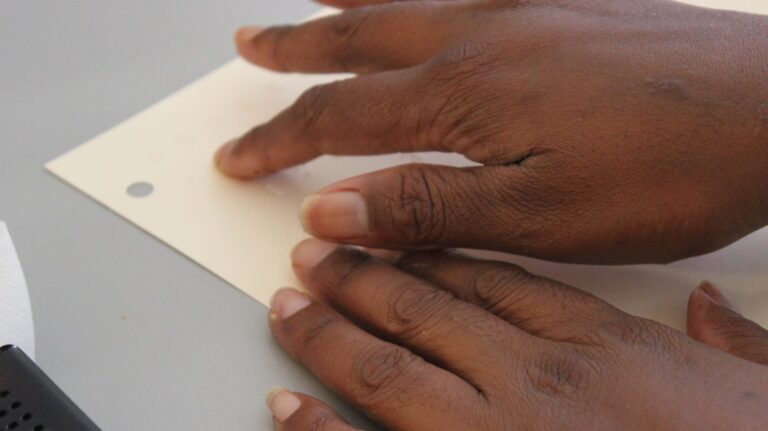Each year as more and more devices turn text into audio such as e-readers and apps, people assume that Braille is becoming an outdated means of communication, not so! While it is true that only about 10% of people who are blind or visually impaired are Braille literate, it doesn’t mean that it isn’t important. Sure, if you want to read a long book and don’t want to deal with multiple bulky volumes of Braille, go ahead and read the book through audio with an e-reader. Do you use a screen-reading program or app to read your email or browse the internet? Just because you can substitute for Braille in certain situations doesn’t mean that it has lost its value altogether and is a relic. Braille is easily used for shorter notes and labeling materials. It helps children learn faster, it helps with productivity in the workplace, and allows you to be literate. Braille is legally mandated in many locations such as classrooms as an educational option for those with visual impairments but audio is not, so take advantage. It is no coincidence that employment and Braille literacy are tightly linked.
Research indicates that about 90% of people who are blind and Braille literate are employed while only about 33% of people who are not Braille literate are employed. This is a stark contrast that comes through in the work place as Braille is a valuable way for workers to communicate and remain as productive as sighted co-workers.
Contact CLB now to find out when and where our next Braille sessions are at emailing info@clb.org!


